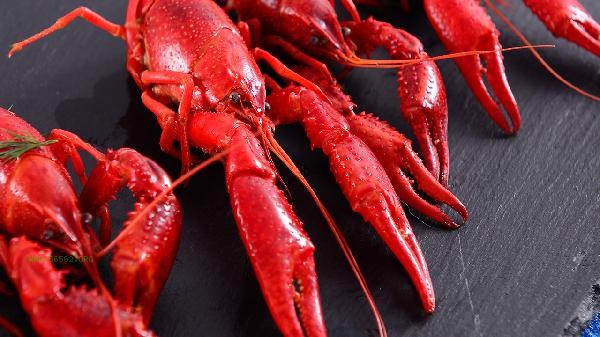The key steps in handling crayfish include scrubbing, removing shrimp lines, and soaking for disinfection. There are mainly five steps: cutting shrimp tongs, scrubbing the abdomen, removing shrimp threads, soaking and disinfecting, rinsing and draining.

1. Shrimp Clippers
Use kitchen scissors to cut off the sharp end of the crayfish pair pliers to prevent scratching fingers during cleaning. When cutting pliers, pay attention to keeping the flesh intact and make sure the cutting edge is as close to the joint as possible. Fresh crayfish have strong claws, it is recommended to wear thick gloves when operating. The cut pliers should be disposed of in a concentrated manner to avoid mixing with ingredients.
2. Brush the abdomen
Use a hard bristled toothbrush to focus on brushing the folds of the shrimp belly, which are prone to hiding mud and parasites. When brushing, the water flow should be maintained at a moderate intensity and brushed longitudinally along the abdominal grooves for at least 20 seconds per brush. The gills at the junction of the abdomen and head should be thoroughly cleaned, and after brushing, the water quality can be seen to change from turbid to clear.
3. Remove the shrimp line
Pinch the middle tail fin and twist it left and right before pulling it out, along with the black shrimp line. If the shrimp line breaks, a toothpick can be used to pick out the residue from the second seam on the back. During the processing, avoid squeezing the shrimp head to prevent the loss of yellow paste, and the shrimp line removal rate should reach 100%.

4. Soak and disinfect
Prepare a mixture of water and white vinegar in a ratio of 10:1, soak crayfish for 15 minutes to kill bacteria. Alternatively, diluted salt water can be used as a substitute, with 5 grams of salt added per liter of water. The soaking process requires changing the water twice, and a small amount of flour can be added for the second time to absorb impurities. It is recommended to use stainless steel or glass material for soaking containers.
5. Rinse and drain
Rinse repeatedly with flowing water for at least three times, with a focus on rinsing the head and abdomen. When rinsing, you can use a spoon to flip to ensure there are no dead corners, and finally place it in a hollow container to drain for 30 minutes. Processed crayfish should present a bright and clear appearance with no residual mucus. During the processing, it is recommended to wear rubber gloves for protection and store raw and cooked ingredients separately. If the cleaned crayfish are not cooked immediately, they should be refrigerated and stored for no more than 4 hours. Before cooking, it can be sprayed with high level Baijiu for disinfection to ensure high temperature cooking for more than 15 minutes. Avoid heavy metal accumulation in the head when consuming, and pairing it with ginger vinegar juice can help kill bacteria and detoxify. Regularly clean the sewer to prevent bacterial growth caused by shrimp shell residue.









Comments (0)
Leave a Comment
No comments yet
Be the first to share your thoughts!